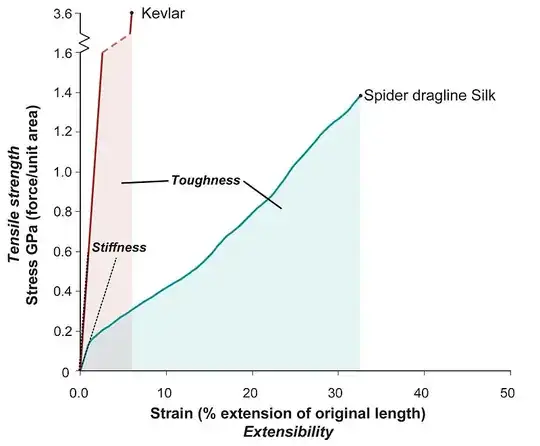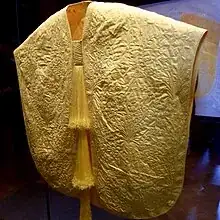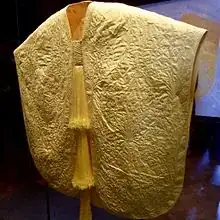Would it be possible to use spider silk for armour, instead of metal?
I am not worried about how to obtain the silk. I know that spiders are not domesticable and that they are too aggressive to each others so that they cannot be lumped together like bees. (I can handwave all that; my spiders are just of a different species, unknown to us.)
But would it offer similar protection against pre-gun powder weapons? Would it be able to resist the thrust of a spear or an arrow, or the cut of a sword or knife (all made of common materials such as steel)? And how should it be used, lax, as a kind of shirt like chain mail, or would it be better to use it tense, as in shields? Would there be a particularly good way to weave the material for either use? And would it be transparent enough for use as a visor?
Thanks for the input so far.
A few things to notice:
- these people's technology, spiderculture aside, is roughly Earth's 14th century, so no Kevlar or other things demanding sophisticated chemistry. They can stretch the silk in order to reduce its extensibility, and it seems a good idea;
- they have no magic - they just happen to know a peculiar species of spider that can be domesticated (I don't need to explain why they are domesticable, they just are: Arachnia mirabilis, if you so wish);
- the issue is important because it should have given them military superiority against their enemies: better or similarly armoured infantry and cavalry with much greater ability to maneuver, thanks to reduction in weight, and armored sailors who can survive a shipwreck or a fall into the sea;
- my biggest concern is, if a soldier using such armour is hit by an arrow, would the arrow be stopped, or would it penetrate skin and flesh, carrying the silk together with it?
Edit to explain why I don't think this is a duplicate:
That question is about mixing spider silk, keratin, and bone, to make armour. It supposes high technology, and its emphasis is on how to produce the armour material. My question is about spider silk, in a middle age setting, and the emphasis is on how to use the armour, and what it would be able to resist.


